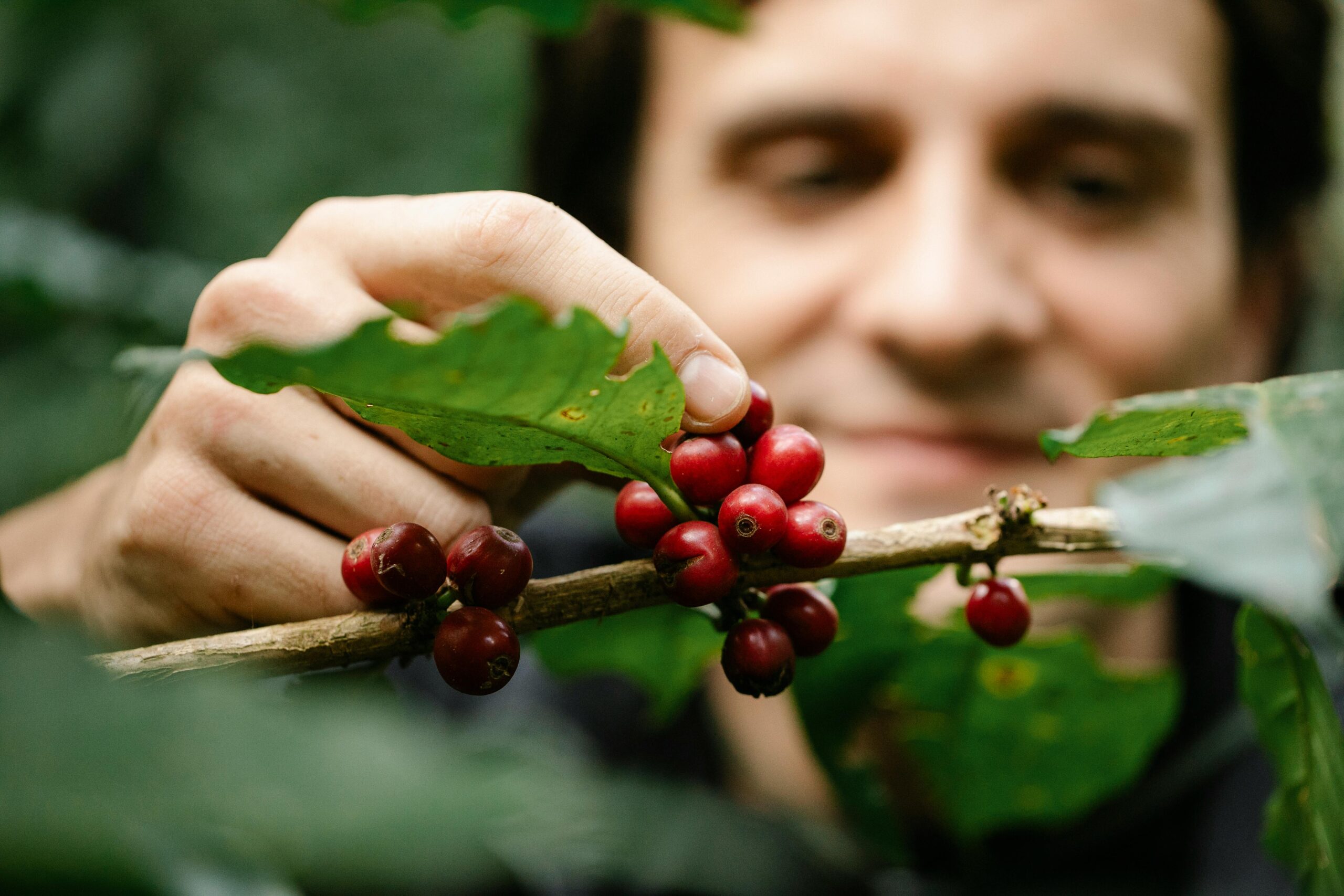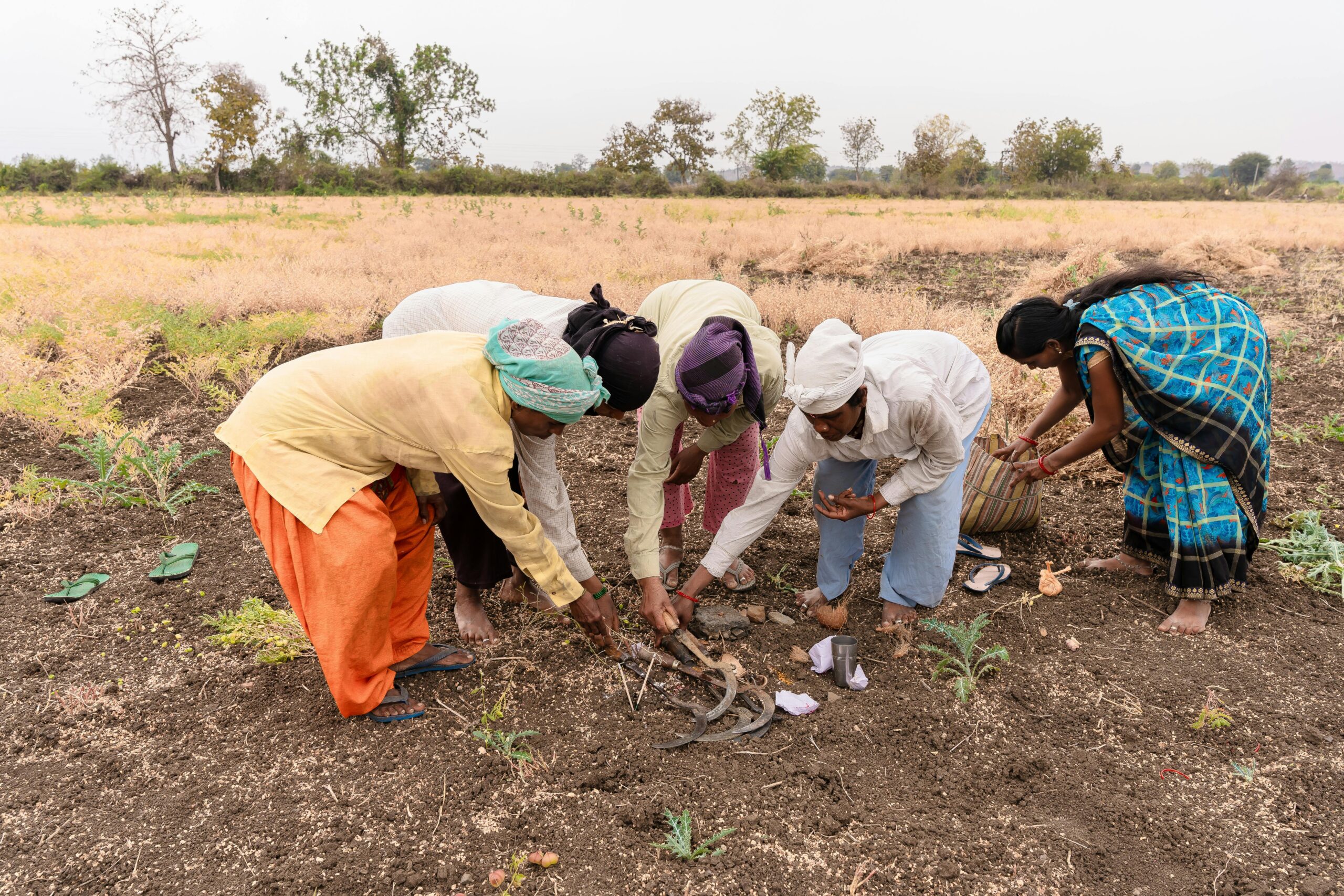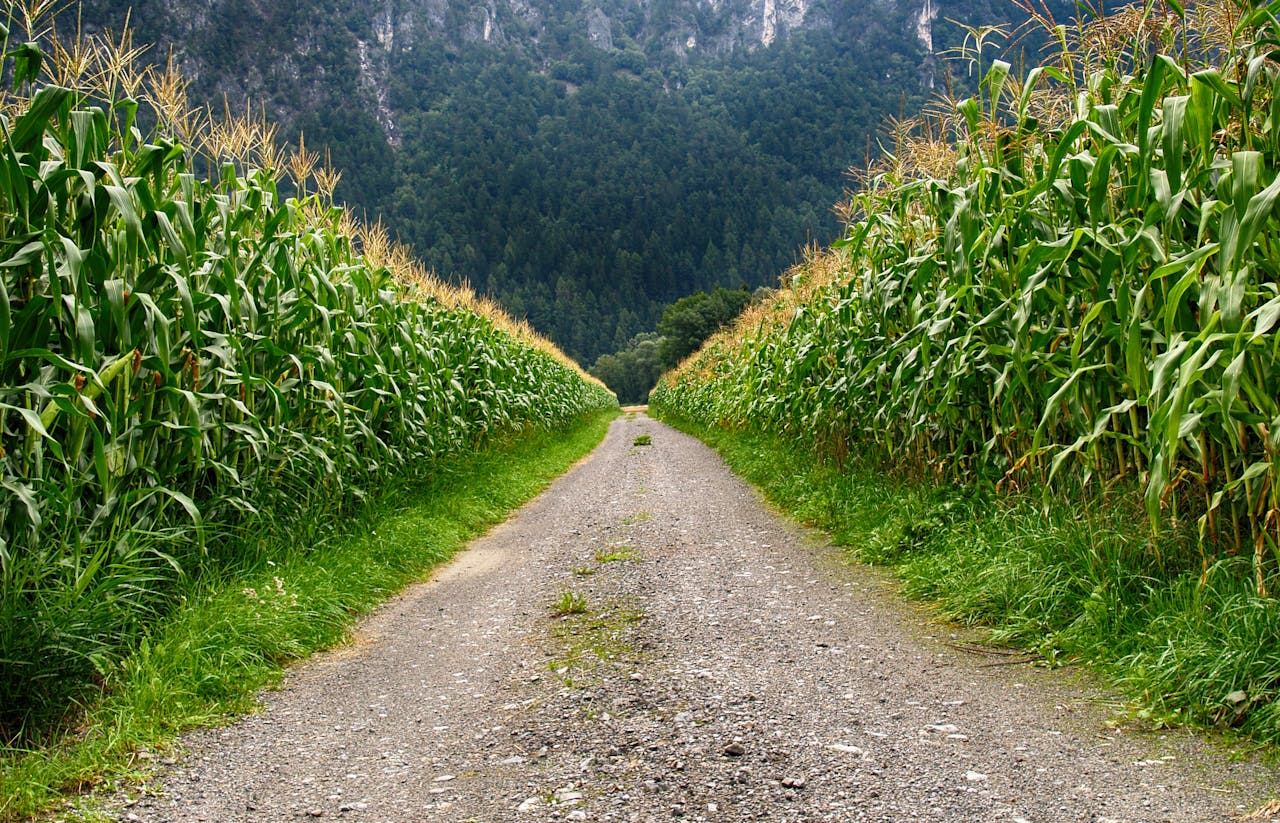Market System Development (MSD) approach of agroforestry, defined as the deliberate growing of trees and shrubs in and along with crops and/or livestock, is therefore a viable opportunity in sustainable livelihoods. Agroforestry systems present both economic, social, and environmental values, which are in line with MSD principles that promote the transformation of systems and the long-term value creation by market actors. Here’s how agroforestry interventions can be structured and why they are particularly suitable for an MSD approach.
Rationale for Choosing Agroforestry as a Livelihood Intervention
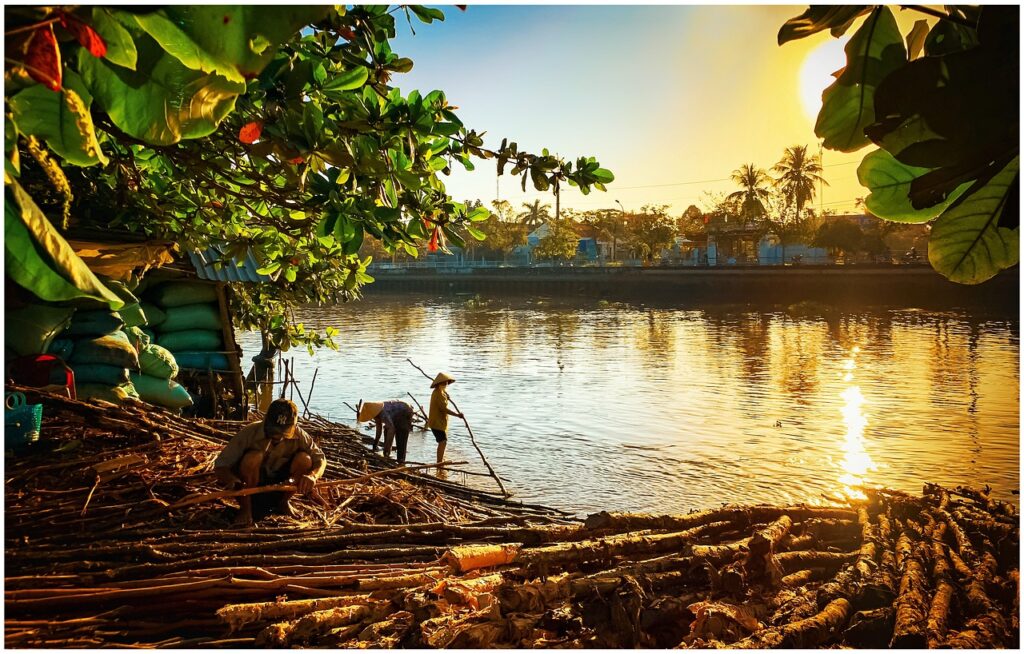
Economic Diversification and Stability
- Reduce Income Volatility
Income from agroforestry systems is therefore diverse. Short term income can be obtained from annual crops, while medium- and long-term income can be obtained from timber, fruits or NTFPs including honey and resin. This diversification reduces vulnerability of depending on a single crop, as well as offers economic security for the small holder farmer.
- Market Opportunities
Perennial crops and trees are equally associated with high value markets ranging from domestic and regional markets to export markets. The MSD approach plays a role in matching farmers with market players including private firms and cooperatives to enable investment and pro-market, pro-poor business models.
- Value Addition and Agro-Processing
With MSD, the agroforestry interventions can target increasing agro-processing and branding of other agroforestry products that have added value. This acts as extra revenue and employment in the rural sector since products amenities, and services will have additional income and job opportunities in rural areas.
Social and Gender Inclusion
- Empowering Women and Youth
Other inputs like processing and marketing of NTFPs or being involved in tree nursery activities offer opportunities to women and youths. The MSD approach can be utilized for the promotion and implementation of GEDSI to work towards the creation of customized market solutions that respond to perceived and potential challenges faced by the target groups in accessing resources, markets and decision making.
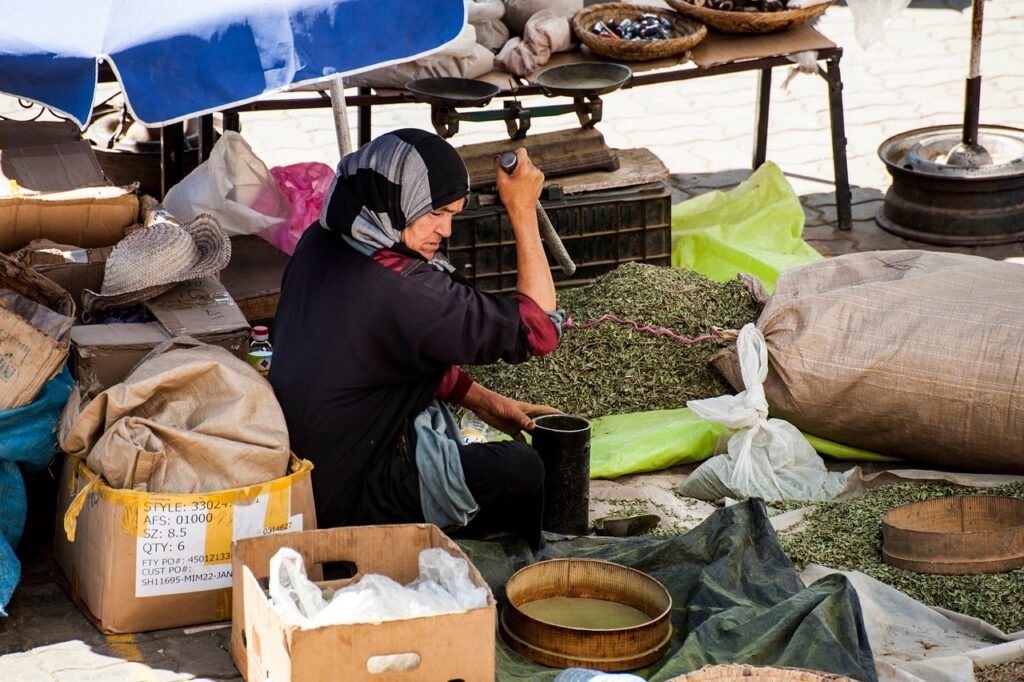
- Community-Based Models
Extension of the practices in question involves the use of the community model where farmers unite in groups such as farmers’ cooperative society or a village-based company. These structures are supported by the MSD approach through the establishment of partnership with service providers, input sellers and micro financial institutions.
Environmental Sustainability, Climate Change and Resilience
- Soil and Waste Conservation
Trees and perennial crops contribute to improvement of soil fertility, check on soil erosion as well as improvement on water holding capacities of the soil. In MSD, incentives for sustainable land use can be designed to involve private business for protection of the environment for instance through the eco-certification programs or payments for ecosystem services.
- Climate Adaptation
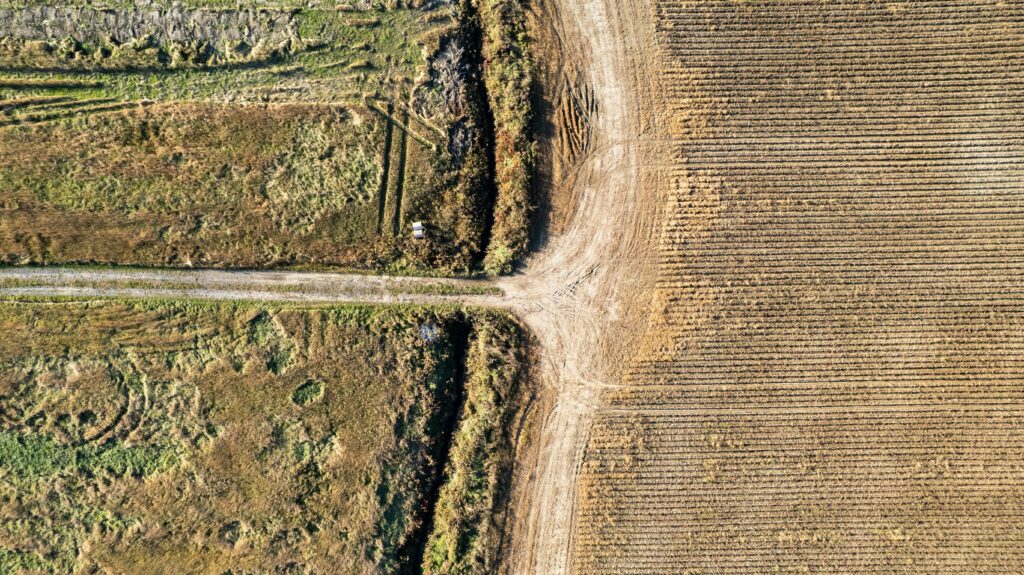
Thus, agroforestry reduces vulnerability to climate change effects, including unpredictable rainfall patterns or extreme events by regulating/reducing microclimate fluctuations that affect rain fed farming. The MSD interventions can facilitate access by smallholder farmers to climate-smart technologies like improved tree species for production of timber in water scarce areas or better management practices through collaboration with research organizations and climate conscious firms.
Implementation Strategy Using MSD
Market System Analyzing and Value Chain Mapping
An assessment of agroforestry value chains reveals where interventions can be made. For instance, knowledge of the market of timber, fruits or NTFPs is important. MSD focuses on understanding the market system through the involvement of the key actors such as buyers, traders, financial service providers and input suppliers.
The execution of market mapping activities assists in identifying areas where a system change can be started. It also pointes out barriers that may limit the operation of these markets including limited information on the market, the strength of physical and financial markets, or access to credit facilities.
Facilitating Market Linkages
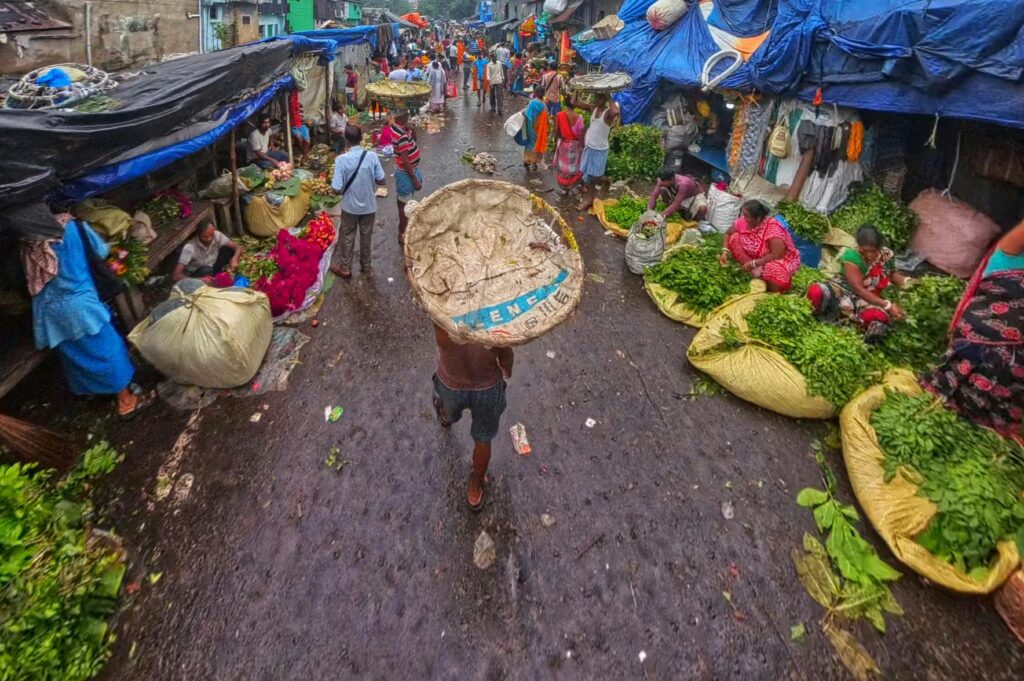
- Partnership Development
The MSD approaches are meant to build partnerships with the private sector as its main point of focus. For agroforestry this could mean connecting smallholder farmers with firms that are interested in purchasing sustainably produced timber or develop partnerships with input suppliers for affordable and quality seedling.
- Strengthening Farmer Organizations
Through capacity development of farmer cooperatives or producer groups, farmers can participate effectively in agroforestry markets. Some of the areas that MSD needed support were business development training, negotiation skills, and market information that would help it in bargaining.
Supporting Service Ecosystems
- Access to Finance
Most of the agroforestry activities involve initial costs such as seedling, labor or cost of processing equipment, in terms of access to finance, the MSD approach of working with micro-finance institutions and supporting the use of appropriate blend funding structures for the agroforestry value chain.
- Training and Capacity Building
As a result of the market-based training, farmers are able to acquire the best practices in agroforestry, climate change coping strategies and efficient use of resources. Most of the training modules can be designed in consultation with the agribusinesses for the extension service givers.
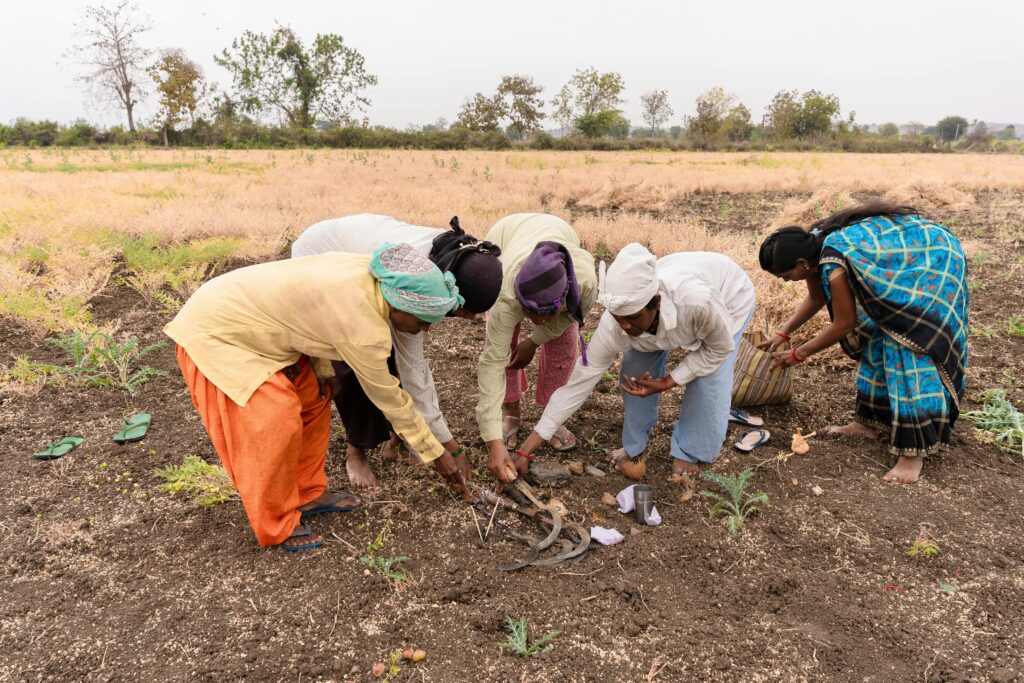
Promoting Policy and Advocacy
The MSD interventions can participate in policy dialogue in order to foster policy environment that supports agroforestry. For instance, supporting land tenure security or promotion of tax incentives on investment in agroforestry will help to support long term use of agroforestry. Engagement with governmental organizations and policy makers guarantees systematic constraints are also responded to.
Why Agroforestry is a Good Fit for MSD
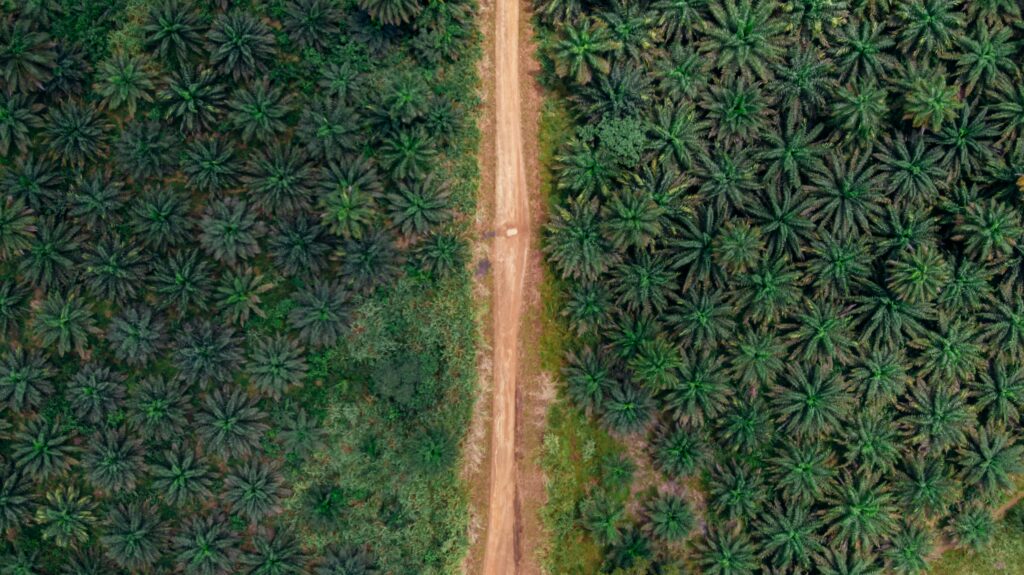
- Systemic and Inclusive Impact
Agroforestry, by definition, generates a systemic change and influences different market players: producers, consumers, etc. The MSD approach scales up these benefits by incorporating stakeholders to solve market imperfections and assure durable interventions.
- Resilience and Sustainability
Agroforestry leads to long-term environmental and economical sustainability. If an MSD approach is used, the intervention is likely to sustain itself, with the market players carrying the process forward after project support has ceased.
- Scalability and Replicability
The knowledge generated via the MSD in agroforestry intervention can be scaled up in other areas or scaled down for other tree-crop systems. The approach is also versatile, and it may be adapted to various socio-economic and ecological environments.
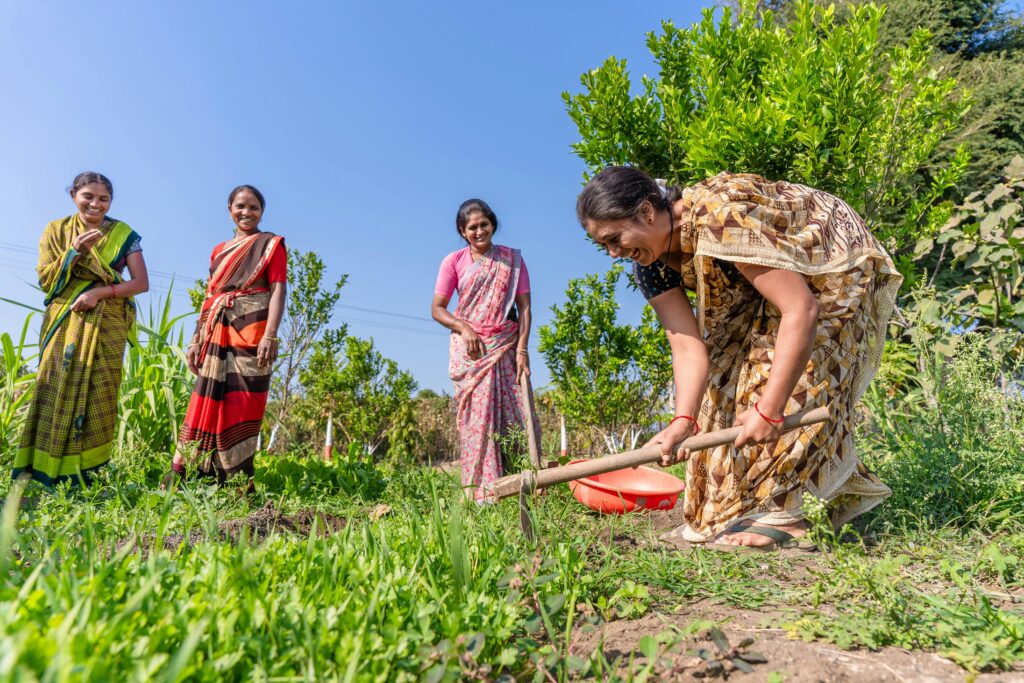
Concisely, agroforestry is the right intervention under the MSD approach because it promotes economic and social assets of the needy people as well as the sustainability of the environment. The concentration on systematic change makes the interventions effective because they are also for the benefit of communities and ecosystems, as well as being able to be implemented on a large scale and be sustainable.
